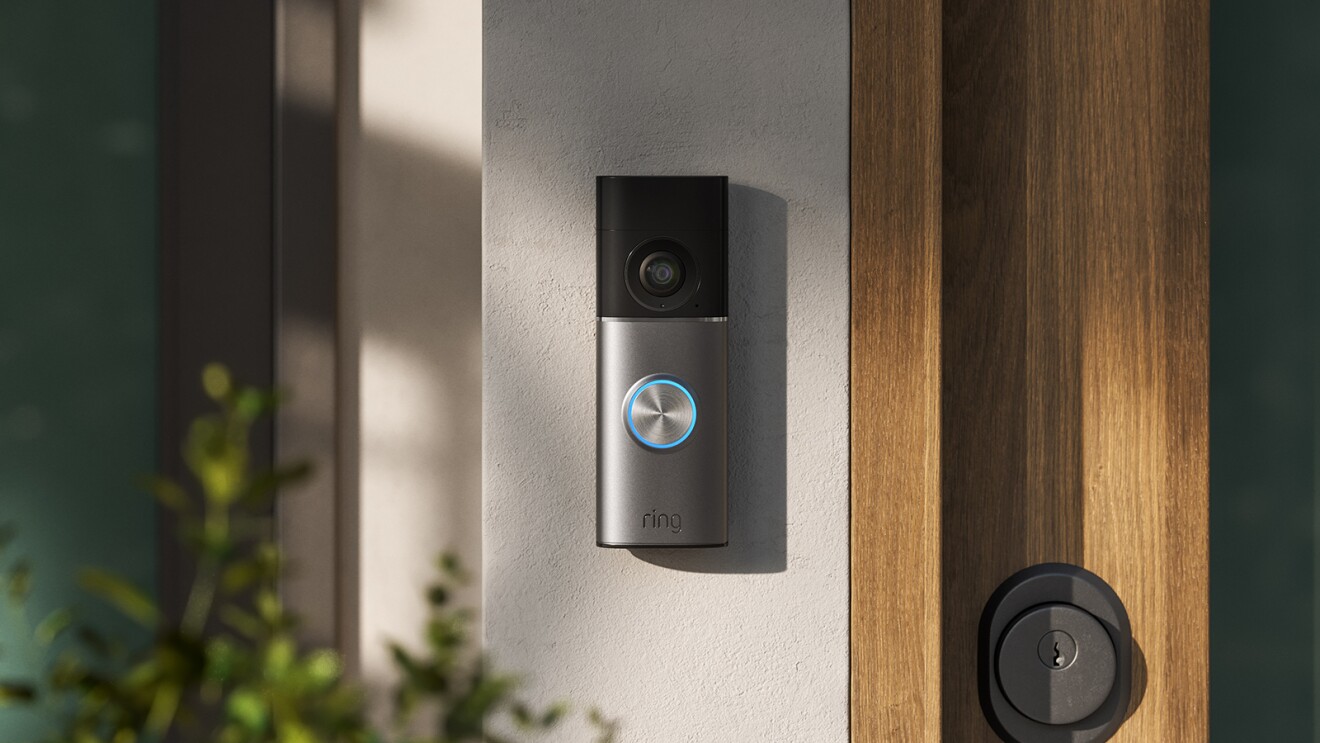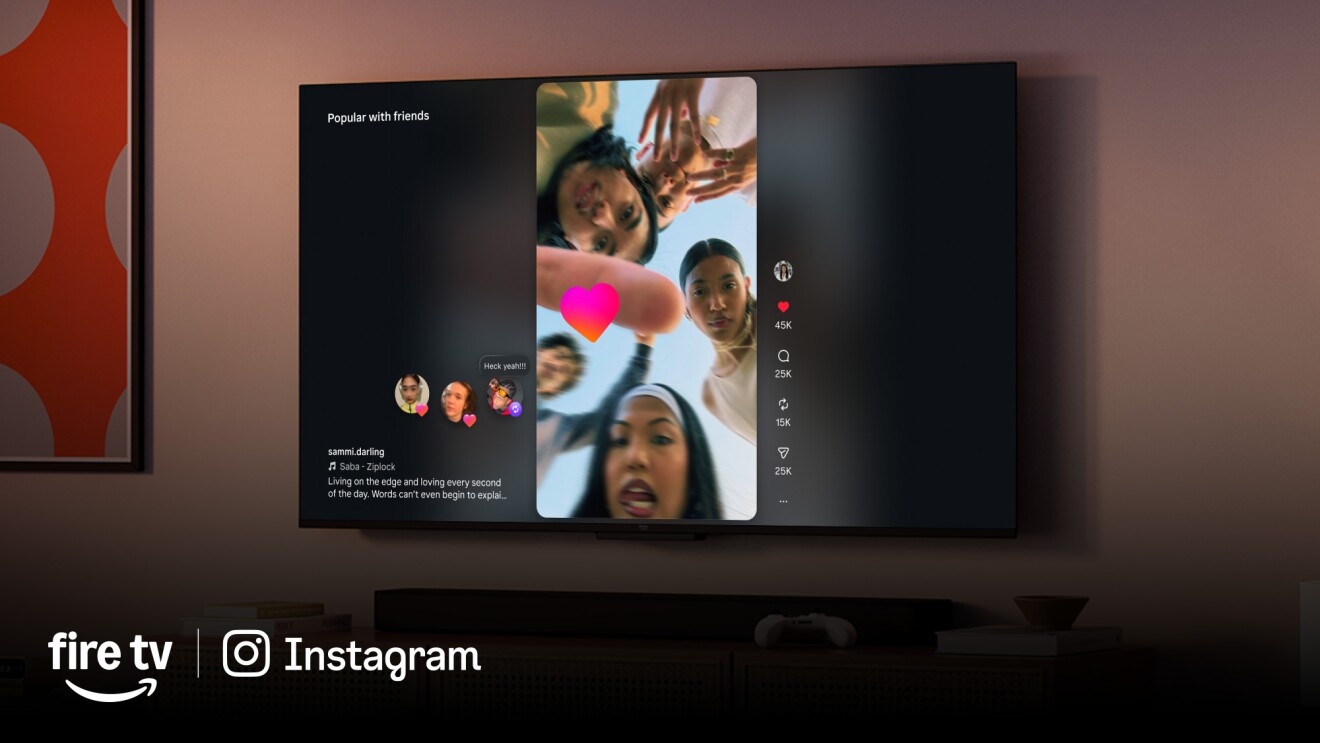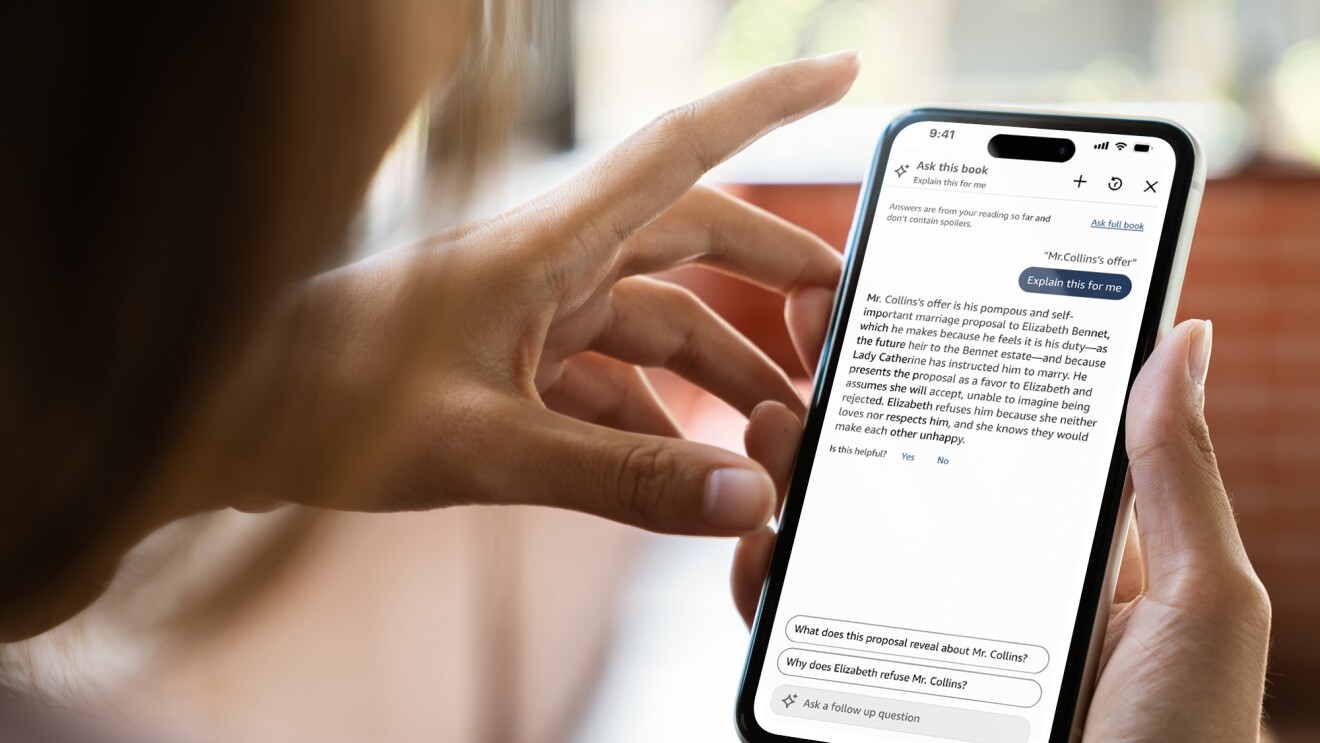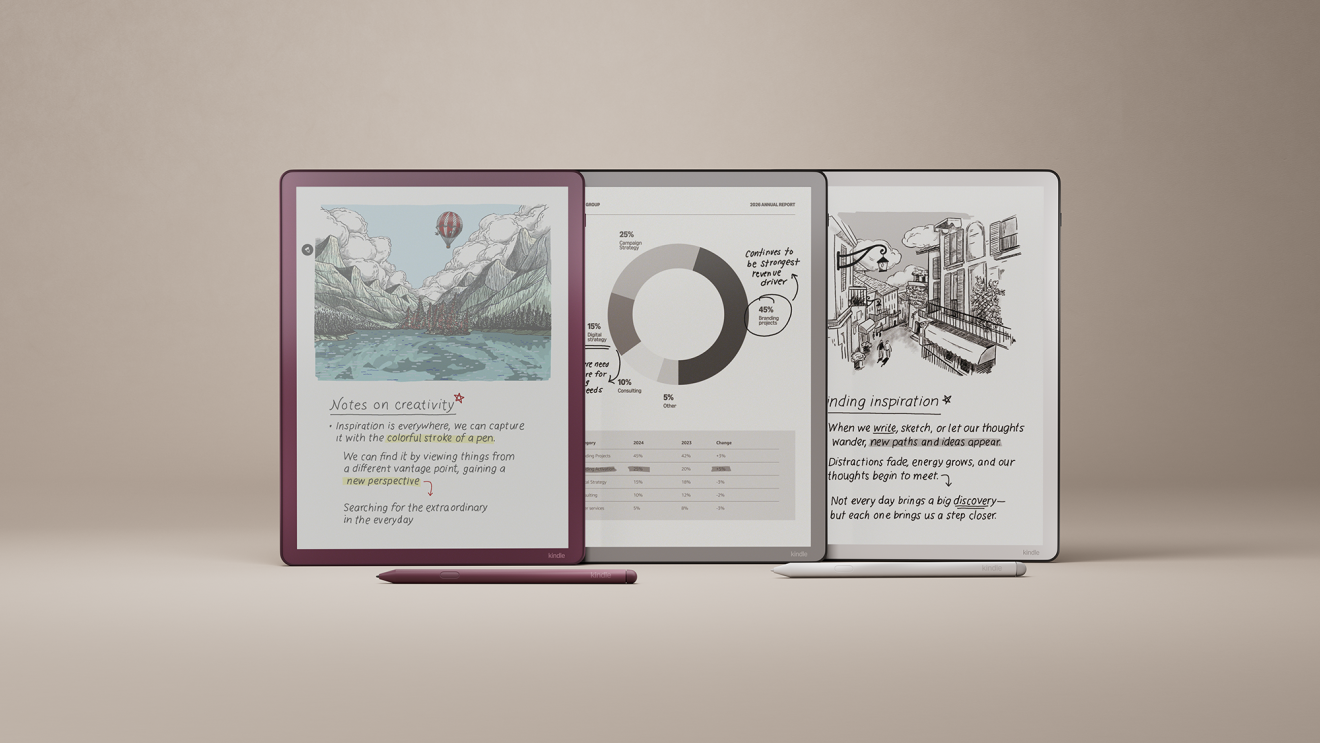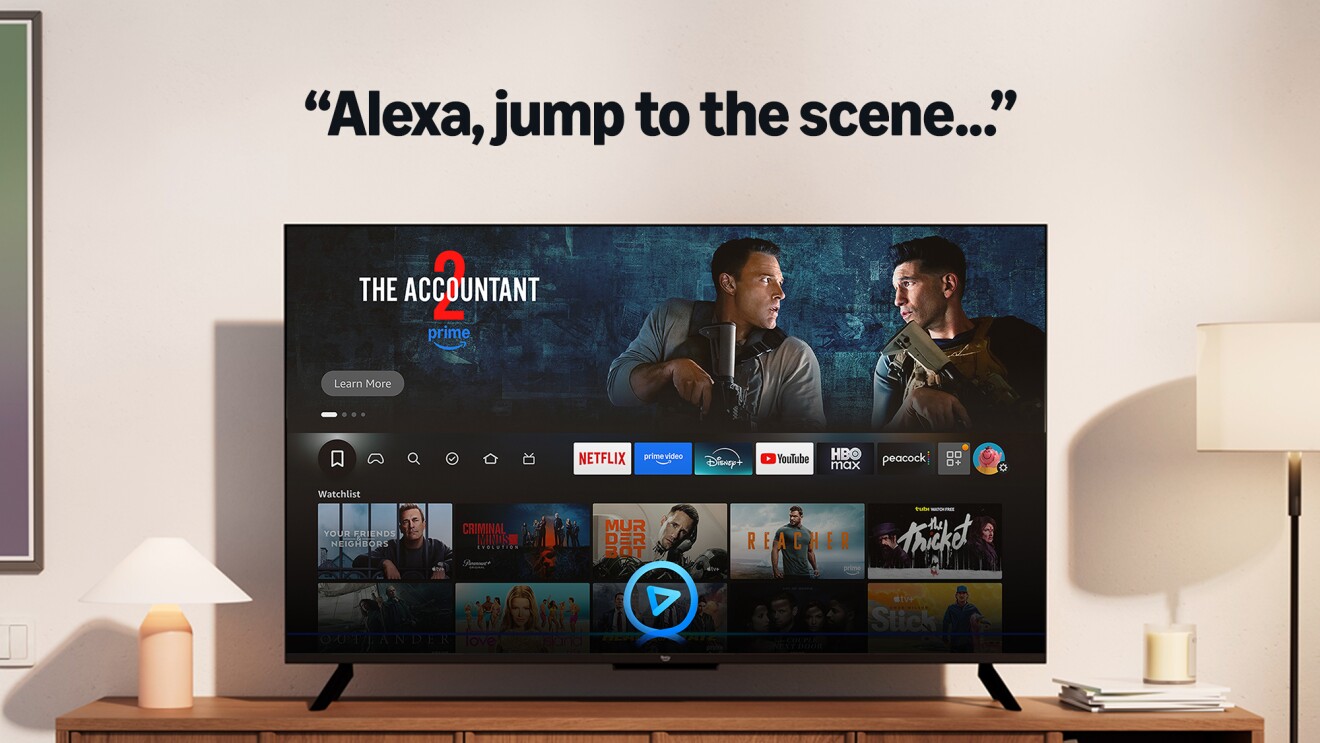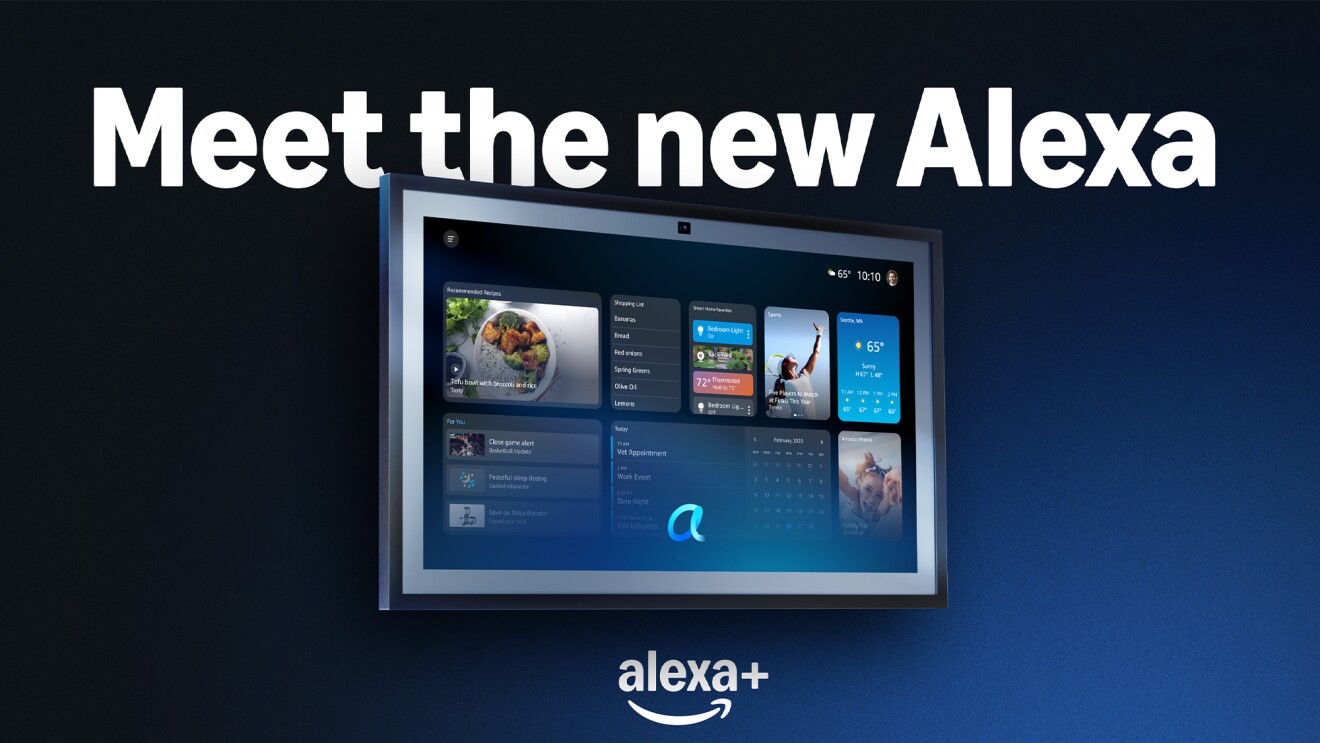Marja Koopmans' home has graced her Seattle street for more than 100 years, dating back to when lumber, coal, and shipyards, rather than software, were powering the local economy. But her house is no museum. Walk inside and it feels like the future—a future you can live in today.
As the Director of Health and Smart Home at Amazon, it's no surprise Koopmans lives in a smart home, a place where devices as different as plugs, lights, vacuum cleaners, thermostats, and TV sets talk to each other, perform tasks and chores, and make life easier and more efficient for their owners. "The smart home is a home that works for you," said Koopmans, who spends her days at Amazon assembling the building blocks for the future of the smart home. "That's the bottom line for me."

And work it does. Lights turn on when Koopmans and her family wake up and turn off when they tuck in, a fan drawing power from a smart plug whirs to life in time for her yoga routine, a Ring camera keeps an eye on an aging pet bunny, and Koopmans talks to her TV when she wants to watch a new episode of The Rings of Power. When the Koopmans depart, smart locks secure the house, and a robot vacuum roams the place, picking up hair their black lab shed on the blonde slats of the wooden floor.
The systems and devices all work together by Alexa, the AI voice assistant developed by Amazon; Echo, the company's smart speaker; and eero, its wireless mesh Wi-Fi technology.
Alexa is also the lifeblood fueling the growth of ambient intelligence, the concept that "technology is working for you when you need it, but recedes into the background when you don't," Koopmans says. "A home is like a device with many different devices inside. What we're doing now is we're stitching that all together so technology can do things for you without you having to tell it. It will sense; it will have a hunch that everybody's gone to bed, so let's turn off the lights. Or Alexa will have a hunch that I've left home and start the vacuum so I can come home to a clean house."
It may be magical, but it's not magic
The smart home brings to mind Arthur C. Clarke's claim that "any sufficiently advanced technology is indistinguishable from magic." But its building blocks are here today. There are already over 140,000 devices that are compatible with Alexa. More than 300 million smart home devices are now connected to Alexa, and Alexa is used to control smart home devices hundreds of millions of times each week, according to Amazon's data.
This week, Amazon announced additions to this bounty at the annual Devices & Services fall launch event in Seattle, including a contactless sleep tracker, Halo Rise, and upgrades to Fire TV, Echo smart speakers, and Astro the home robot, among other technology. Halo Rise, for example, combines a sleep tracker with a smart alarm and wake-up light. It uses algorithms running in the background to analyze sleep and give users insights to adjust the environment, like lowering the room temperature, to improve sleep quality. uses the power of Alexa to enable you to see helpful information, manage your smart home, listen to or discover new content, and view artwork or family photos on your Fire TV. The biggest lineup of new eero products, features, and services ever, also announced at the launch event, reinforces that fast, reliable Wi-Fi is at the heart of any smart home.
"A perpetual beta user"
Koopmans said many new homeowners have come to expect a home that is smart like hers. "The bar is being set, and the smart home is the expectation now," she said. "I've got a century-old home, and slowly but surely, we're getting there too."
That is an understatement. Koopmans, Amazon's smart home leader, calls herself "a perpetual beta user." She has turned her house into a smart home lab, where she uses many of the latest Amazon prototypes. "I believe that's the only way you can really understand your customer," Koopmans said. "I can't talk about a product if I haven't experienced it. I want to go through it. I want to help our product and engineering teams do better for customers, because we always can." She encourages her team members to do the same.
One such prototype Koopmans once tested was the Amazon Smart Plug. Now available for sale, the Alexa-linked plug allows users to control lights and devices with their voice, turn them on and off automatically, or manage them remotely when they are away. "When I come downstairs in December, when the Christmas tree is up, I tell Alexa 'good morning' and the tree lights turn on," Koopmans said. "It's just such a delightful moment. I don't have to crawl behind the tree and switch it on. Those are the little moments we look for that we want to bottle up and share with our customers."
Supercharging the smart home with expanded selection

When Koopmans climbed aboard at Amazon seven years ago, she joined a team building on the company's voice technology and blazing the trail to the smart home. "When we started with Alexa and Echo, people were playing around with it and said, wouldn't it be nice to be able to turn off your lights with your voice?" she recalls. "That was a huge milestone."
The feedback from customers was positive, and the smart home team started looking for new opportunities and imagining what else customers could do with voice in their homes. "When you start a project at Amazon, you look at the signals coming in, and customers were loving it," Koopmans said. "The acceleration that was happening, the sales that were exploding with new products coming in—the technology was just ready for the smart home. That's when it really started taking off."
The signal was so strong, in fact, Amazon engineers realized they had to bring in partners and scale quickly—after all, selection is a core element of Amazon's customer focus. They opened up their smart home technology, enabling device makers to build using protocols that work for their businesses. This attracted numerous companies and brands to create and build Alexa-compatible devices. And for those developers who don't want to build all of the tech themselves, Amazon also built the Alexa Connect Kit help them get to market quickly.
Amazon also helped to found Matter, the smart home standard in development that aims to make smart home devices of all kinds work together, whether they're in an Alexa smart home or not. "If we were controlling and building our own smart home products only, I think we would not be able to deliver on the promise of smart home in the way we do now," Koopmans said. "It's not an easy job, stitching together all these different experiences with all these different devices and brands, but we think that's best for customers, and that's why we do the hard work. We provide more value to customers faster versus going at it alone."
The idea that enabling partners and developers to build with Alexa could improve the customer experience was no illusion, according to Mariana Zamoszczyk, principal analyst for Smart Home Services at the research firm Omdia. She said that "the diversity of partners and products is the foundation of the positive impacts that smart home devices have in people's lives."
All the innovation and building has supercharged the smart home. The smart devices connected to Alexa now include a smart shower users can control with their voice, smart dumbbells, smart ovens and fridges, smart security systems, and many other technologies. Amazon is testing them in its Smart Home Lab, an airy and bright loft atop its Day 1 skyscraper in Seattle.
A smart home is a more sustainable and accessible one, too
Beyond just convenience, Koopmans is inspired to make the smart home more accessible and sustainable. Specific to the Amazon Smart Thermostat, if Alexa has a hunch that you are home, away, or asleep, it can adjust the temperature in the room accordingly. Soon, it will add another smart trick: changing the set temperature to limit usage when your neighborhood's electricity may be less clean. "We can't just consume endlessly, and smart homes can help you to reduce that consumption," Koopmans said. "A smart home can help you optimize energy at the right time in the day. It can lower the temperature when you're not there."
Alexa-powered smart devices can also help make life easier for people with disabilities, and Amazon has built more ways to interact with Alexa, too. Tap to Alexa, now available on Fire Tablets, allows you to interact with Alexa using touch instead of voice. However you do it, Koopmans said customers can tell Alexa to open or lock a door, operate an oven, switch on the lights, or get medication reminders. "I have seen firsthand how much impact this technology has for people who experience accessibility challenges," she said. "We've got tons of work to do, but we're on the right trajectory."
Trending news and stories






